Over the years, we've come to know one extremely consistent thing about Primeval Labs: They make supplements that taste extraordinary! Case in point the recent Ape Sh*t Untamed RTD, quite possibly the best-tasting ready-to-drink pre workout we've ever had.
So when they came out with a greens powder named Day2Day, we had to ask: could they keep it on-brand? Because greens powders are notoriously... grassy, and not the best-tasting types of supplements on the market.
Greens and Reds that actually taste great?
Primeval Labs Day2Day is built on a simple premise: a serving of fruits, a serving of vegetables, digestive enzymes, and fantastic taste.
They delivered.
This isn't some overly-complex 20g scoop of disgusting plant and fungus particles backed with outrageous claims. Instead, it's straightforward, tastes great, and gets you a bit of extra fruit and veggie support that you will literally look forward to drinking. Exactly what the Primeval Labs fanbase wants and expects.
Below, we dive into Day2Day along with our review. We think this is the greens powder many of you have been looking for. But check the coupon-backed prices and sign up for our Primeval Labs alerts below first:
Primeval Labs Day2Day – Deals and Price Drop Alerts
Get Price Alerts
No spam, no scams.
Disclosure: PricePlow relies on pricing from stores with which we have a business relationship. We work hard to keep pricing current, but you may find a better offer.
Posts are sponsored in part by the retailers and/or brands listed on this page.
This area is reserved for Team PricePlow's upcoming Product Review video.
Subscribe to our channel and sign up for notifications so you catch it when it goes live!
Day2Day Ingredients
Primeval Labs brings us three major sections in each 6g scoop of Day2Day: Greens, Fruits, and Digestive Enzymes. Each are broken down below:
-
Organic Greens Blend - 2500mg
Before digging into briefly each individual component, one general theme across the first four is that they generally contain high amounts of chlorophyll on top of their vitamin, mineral, and antioxidant content.
A bit about the chlorophyll inside
Chlorophyll plays a major role in photosynthesis in plants, creating energy from water, sunlight, and carbon dioxide -- and also serving as the green pigment. It sustains life for plants, but it's incredibly healthy for mammals too!
The research shows that chlorophyll helps the body's own activate antioxidant activity through the activation of phase 2 enzymes,[1] which includes glutathione, superoxide dismutase, and catalase. These help protect the body from free radical damage and provide an alkalizing effect, boosting energy production, vitality, and immunity.[2]
A performance boost from better lactic acid buffering?
Tying it back to athletics and performance (since Primeval Labs is a top sports nutrition brand), phase 2 enzymes can also help buffer lactic acid, thanks to the increased alkaline environment.[2] We know lactic acid from that "burning" sensation as it accumulates as a byproduct from intense exercise. Once we have too much, we have trouble generating more ATP. We often use beta alanine to generate more carnosine to fight this - but chlorophyll's alkalinity assists in another way as well.
Finally, research shows that greens can help naturally boost energy, the immune system, and vitality.[3] These are just some of the reasons why you should really be getting in greens on a daily basis!
-
Organic Wheat Grass Powder
On top of the chlorophyll provided, separate research indicates that wheat grass has additional minerals, enzymes, and vitamins (such as E and C) that are easily absorbed.[4,5]
-
Organic Spirulina Powder
Spirulina is an interesting type of microalgae that we don't get in diets much anymore, but has an incredible antioxidant profile.[3,6] There's a lot of interesting research showing it improving lipid profiles (HDL increased!)[7-12] and preventing hazardous lipid peroxidation.[13-15]
Forget the days of boring RTD flavors like grape and fruit punch - Primeval Labs really knocked the ready-to-drink pre workout flavors out with Ape Sh*t Untamed RTD!
In terms of performance, we've also seen spirulina increase endurance[16,17] and one study with a notable increase in power![18]
The long story short for athletes, dieters, and health enthusiasts together: don't sleep on spirulina!
-
Organic Barley Grass Powder
Barley grass is rich in several functional ingredients such as GABA (gamma-aminobutyric acid), flavonoids, potassium, calcium, selenium, tryptophan, chlorophyll, vitamins (A, B1, C, and E), fiber, polysaccharides, and more.[19]
It's interesting because it provides a level of immunity against several chronic inflammatory conditions[19] and animal models have even shown it to fight obesity and improve lipid profiles when put against unhealthy diets.[20]
-
Organic Chlorella Powder
Like spirulina, chlorella is another algae that provides good sources of iron, vitamin B12, and chlorophyll,[21] as discussed above. One study showed higher doses improve blood pressure[22] and another showed it increase immune system biomarkers.[23]
-
Organic Parsley Leaf Powder
One of our favorite cooking herbs, our favorite (of many) benefits of parsley is that it includes high amounts of apigenin,[24] which is a plant flavonoid with several benefits. We're big fans of apigenin because of its ability to inhibit CD38,[25] an enzyme that is a consumer of NAD+,[26] a key player in mitochondrial and cellular energy.[27] When mammals age, CD38 goes up, and NAD+ goes down.[28,29]
This has all made parsley (and apigenin) a major player in the wellness and anti-aging space, and is perfect to have in a greens powder. We of course don't know how much apigenin is in here, but we do love the addition of parsley.
-
Organic Broccoli Powder
Athletes love broccoli, and for good reason - the cruciferous vegetable family brings many phytochemicals like glucosinolates, phenolics, and antioxidant vitamins and minerals like vitamins E, C, K as well as iron, zinc, selenium, and the polyphenols namely kaempferol, quercetin.[30]
Many supplement users have begun to note some incredible benefits from young broccoli sprouts thanks to their sulforaphane levels, which help several types of disease,[31] but we're not sure how much of that would is in Day2Day.
-
Organic Beet Root Powder
We generally talk about beetroot for their nitrate-rich components,[32] which can lead to cardiovascular supporting properties if enough is taken.[33]
-
Organic Spinach Powder
Spinach is another plant commonly used for its nitrate content,[35] but also a great provider of trimethylglycine / betaine, a sports nutrition powerhouse ingredient.[36]
-
Organic Kale Powder
Kale is well known as a "superfood" that has great antioxidant and gut protection capabilities.[37] However, some researchers argue that while it's very beneficial, it's recently been over-popularized without sufficient research.[37]
-
Organic Alfalfa Powder
Last on the list of veggies is alfalfa, which has a very high phytochemical and pharmacological profile.[38]
-
-
Fruit Blend - 2500mg
The fruit blend brings the flavor and some electrolyte support to us:
-
Pineapple Juice Powder
While we don't know what Day2Day's pineapple powder is really achieving, the most common ingredient we get from it is bromelain, a mixture of potent anti-inflammatory enzymes.[39]
That and pineapple tastes incredibly good to most individuals, although Day2Day does not taste like pineapple (at least not the Cherry Limeade flavor).
-
Raw Coconut Water Concentrate
Need more electrolytes? Primeval Labs Electrolyte is a great tasting electrolyte matrix formula.
We often see coconut water concentrate help provide some electrolytes and flavor sweetness, and should help promote hydration.[40,41]
-
Strawberry Fruit Powder
Another delicious addition to Day2Day, strawberry fruit powder can improve lipid profiles[42] and may even improve blood glucose levels.[43]
-
Lemon Juice Powder
Lemon juice has a massive profile of benefits, including glycemic response improvements and strong antimicrobial properties.[44]
-
-
DigeSEB - 50mg
To finish Day2Day off and improve its uptake, Primeval Labs also added the well-known DigeSEB brand of digestive enzymes. This is a blend made of the following:
- Amylases - break down starches (carbohydrates)
- Lactase - helps break down lactose (milk sugars, great for users of Primeval Labs' incredibly delicious IsoLit)
- Proteases - helps break down protein
- Lipase - helps break down lipids (dietary fats)
- Cellulase - helps break down cellulose (plant fibers)
It's the first and last of these that will help the best with Day2Day specifically, but in general, they should all help all Primeval Labs customers throughout the day, and we don't often see them in multivitamins.
In addition, we always love to point out that protease has some interesting post-workout recovery research behind it. This enzyme that helps break protein down also can reduce the damaging effects from exercise, while increasing recovery.[45,46] Right in line with Primeval Labs athletes.
Day2Day Flavors available
The following list will remain up to date from PricePlow:
We'll note that the cherry limeade flavor is far heavier on the cherry, which is good if you're not into citrus. The flavor is as advertised - it tastes like a fantastic cherry drink, and then there's a bit of greens.
Don't sleep on Day2Day
Thanks to Primeval Labs' attention to flavoring, as well as the flavor-friendly fruits used in Day2Day, this supplement is exactly as advertised. A simple serving of fruits and vegetables each that tastes fantastic, with some added enzymes that will benefit you no matter what your style of diet may be.
This is exactly what we've come to expect from Primeval Labs - supplements that you want to take every day that you finish. It's not the biggest formula in the world, nor is it the most complex. But it's definitely one of the best-tasting. There's no point in buying a greens powder if you loathe it, or never end up using it on a daily basis.
From what we've tasted, though, this is one of the very few greens powders a normal person can actually look forward to taking. So take it Day2Day.
Primeval Labs Day2Day – Deals and Price Drop Alerts
Get Price Alerts
No spam, no scams.
Disclosure: PricePlow relies on pricing from stores with which we have a business relationship. We work hard to keep pricing current, but you may find a better offer.
Posts are sponsored in part by the retailers and/or brands listed on this page.
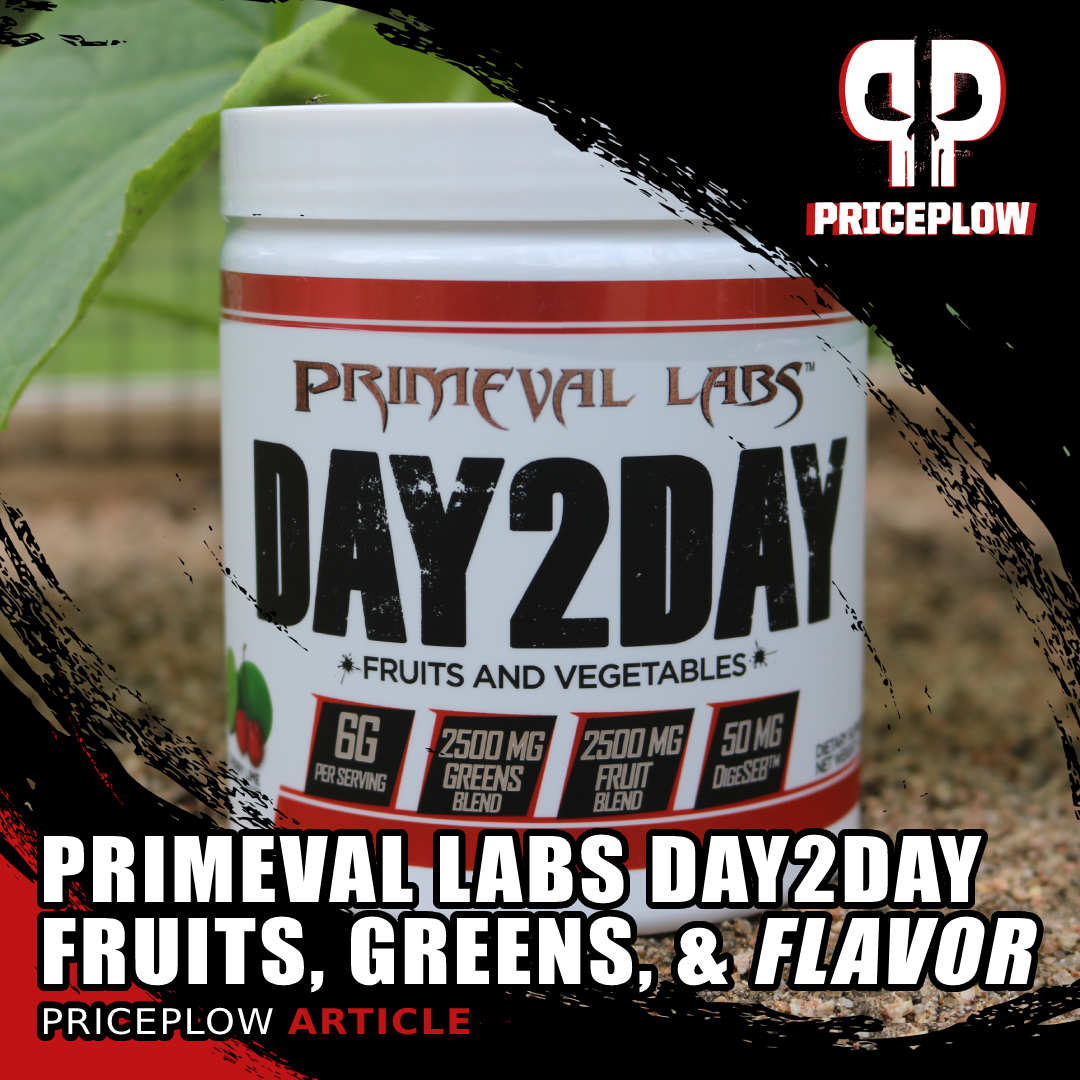
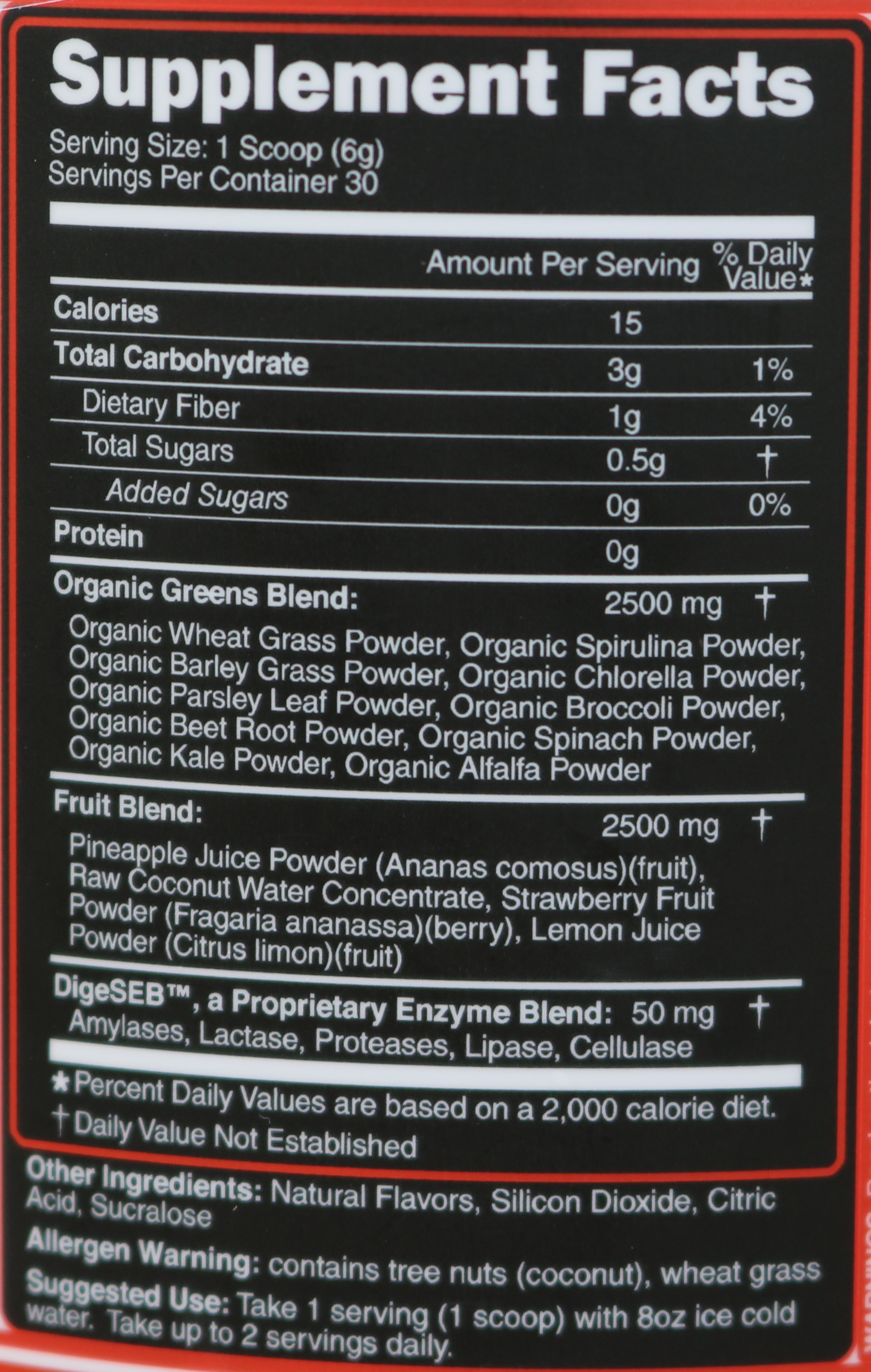
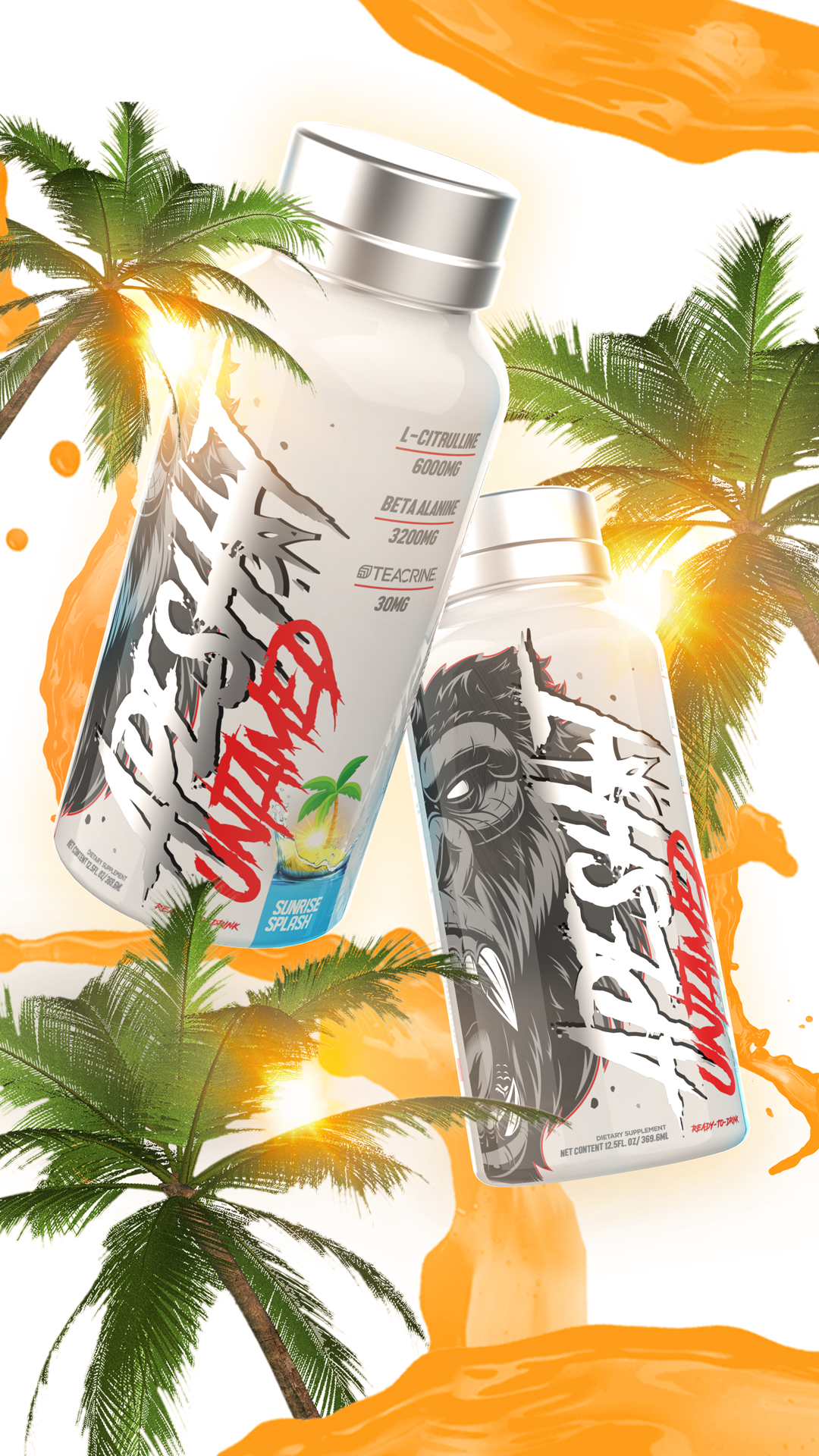
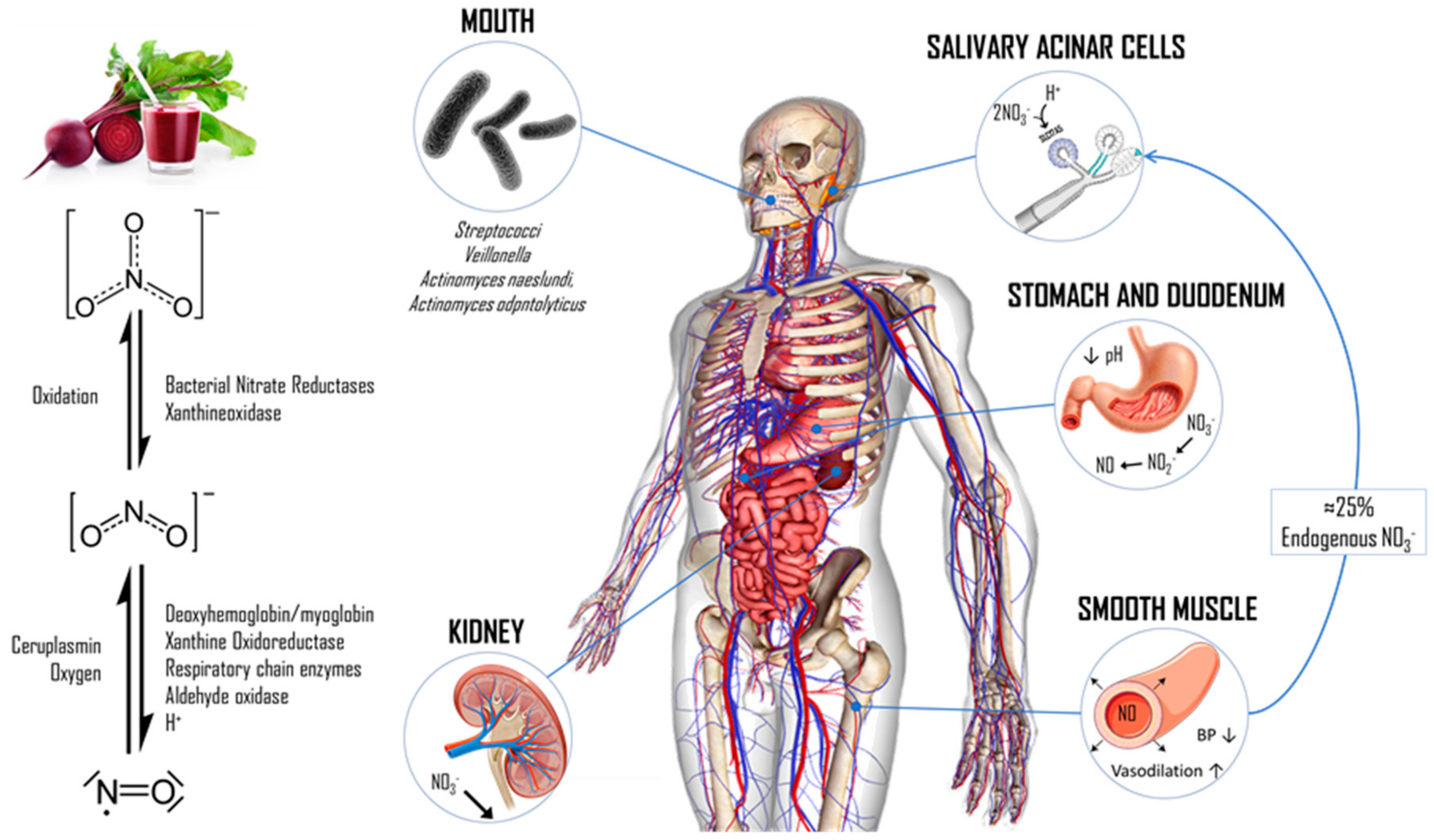
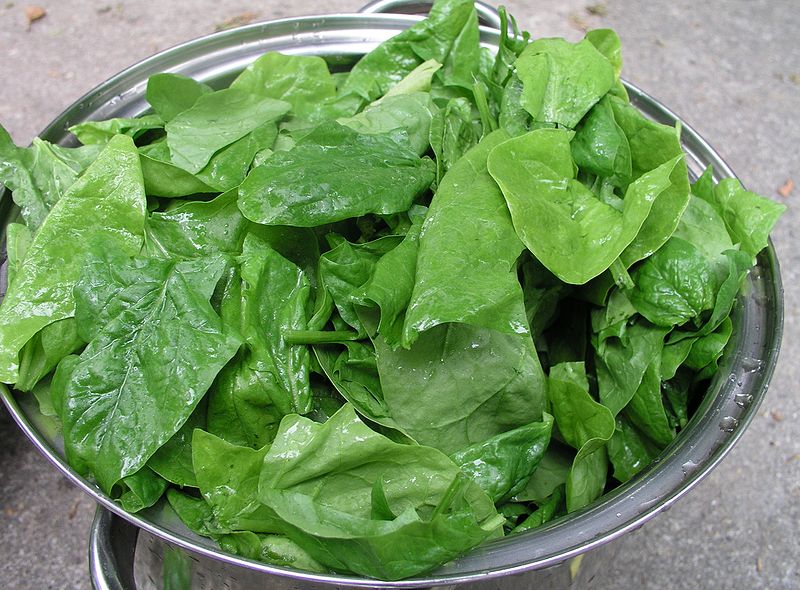
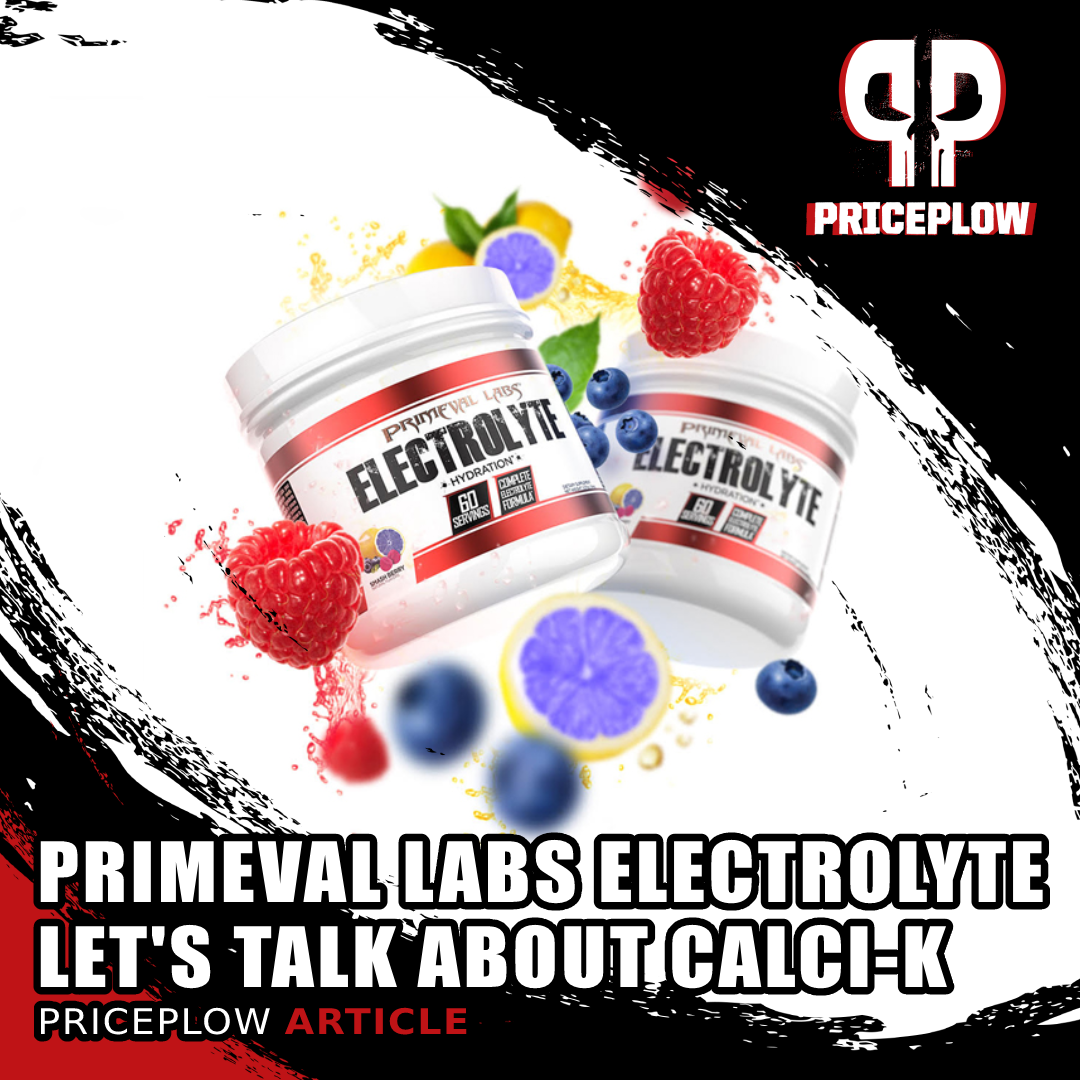
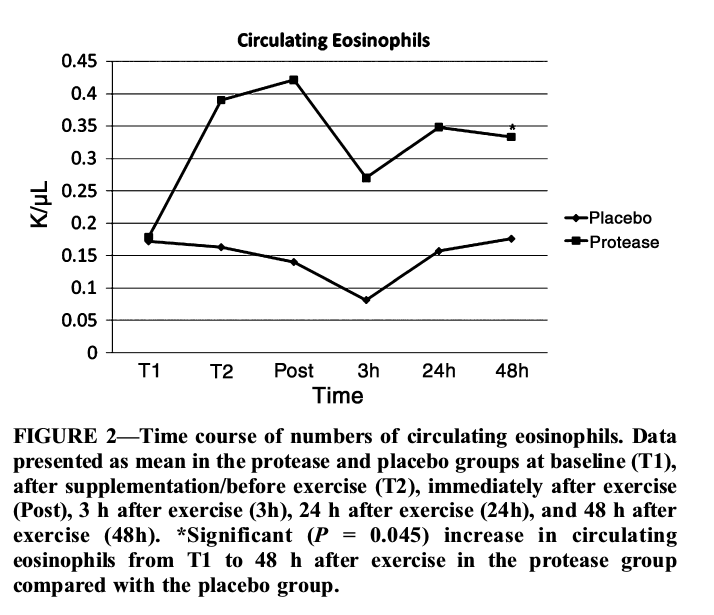
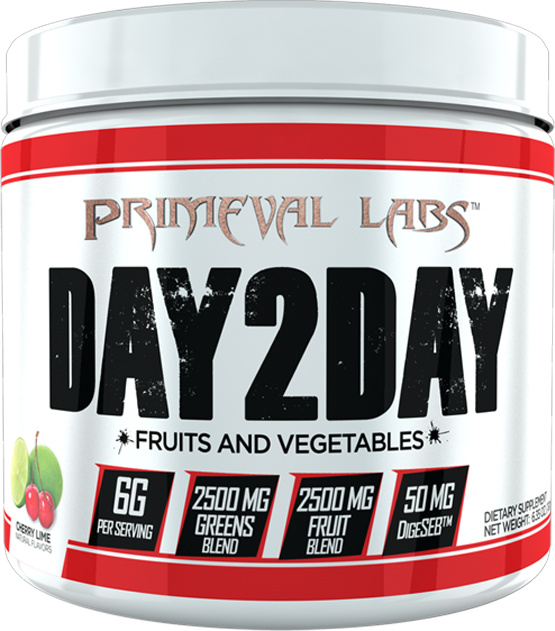
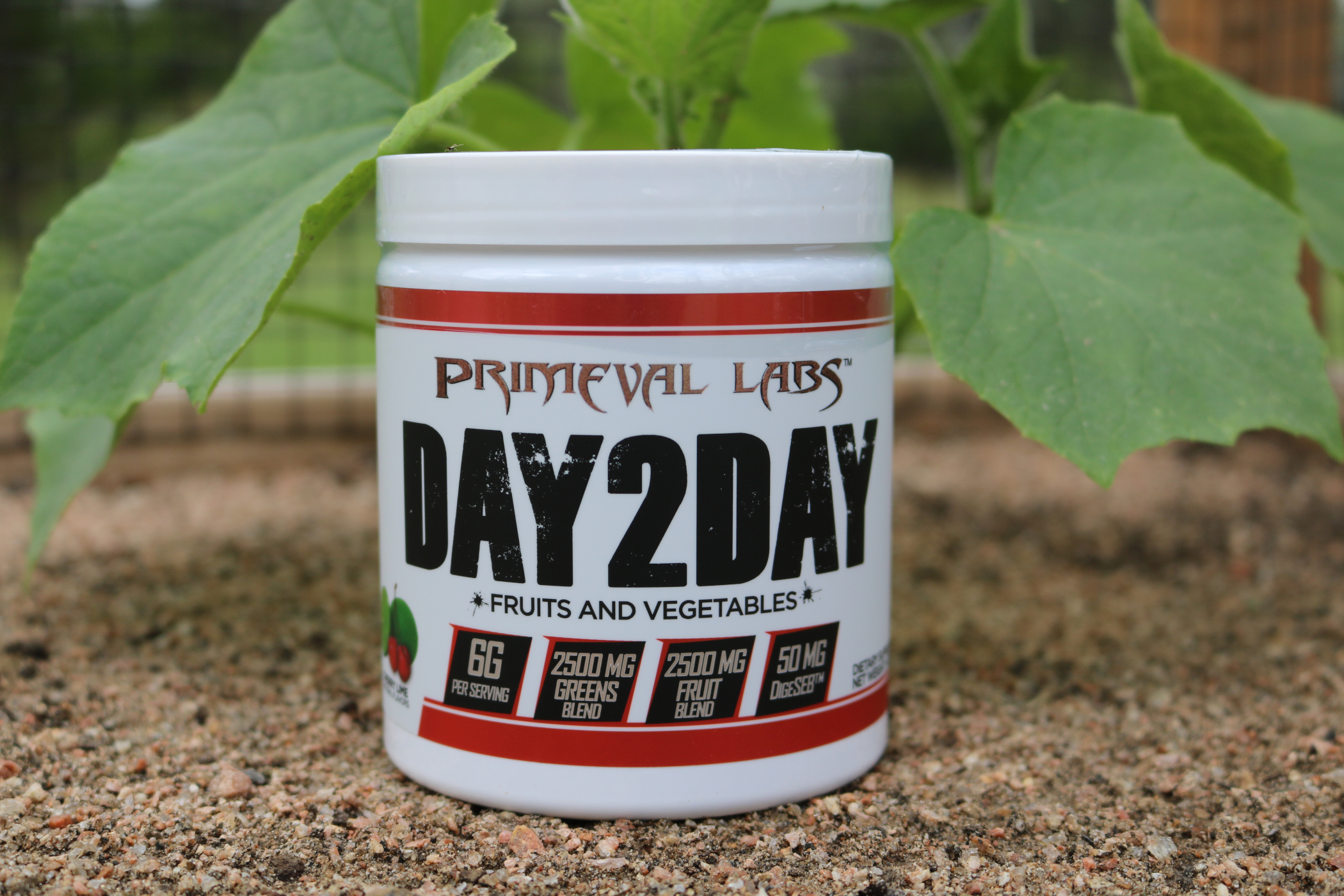


Comments and Discussion (Powered by the PricePlow Forum)